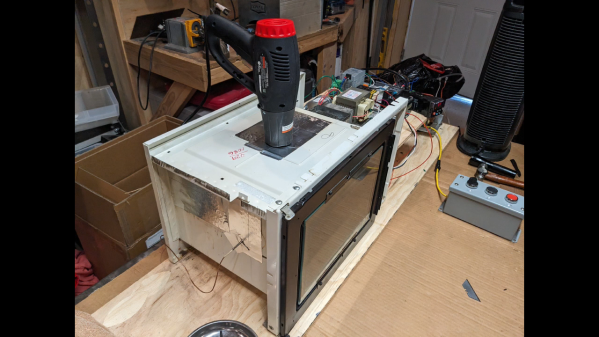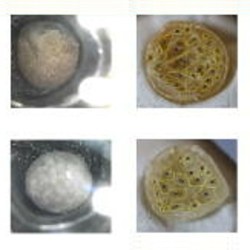Air fryers are the new hotness in the kitchen, but are they actually any different than a convection oven? [Technology Connections] walks us through the design of these countertop appliances to find out.
If you like your fries and chicken crispy instead of soggy, you traditionally had to eat out or spend the better part of an hour waiting on your food to cook to a crisp in the oven. Convection ovens significantly speed up this process by moving the air about and keeping the food from sucking most of the heat out of the stagnant layer just next to it.
It turns out that most air fryers are just a coil stove element and a fan placed above a basket which is just a fancy re-arrangement of the parts of a toaster or convection oven. The magic sauce here is the small size and the fact you don’t have to futz with pulling a hot wire basket out of your toaster or larger convection oven. The small size does give you a pretty big advantage in preheating and precise application of heat to the food for smaller batch sizes, but if you already have a convection oven, the advantages might not outweigh the additional space and cost of yet another kitchen gadget. We appreciate the sacrifice of eating “a lot of french fries” to test the differences between brands and conventional convection ovens for our edification.
If you’re looking for a way to make cookies faster instead of fries, how about this hack using a microwave and a heat gun? Or maybe it’s better to redesign the food instead of the appliance like this ramen in an edible package or these origami noodles.



















